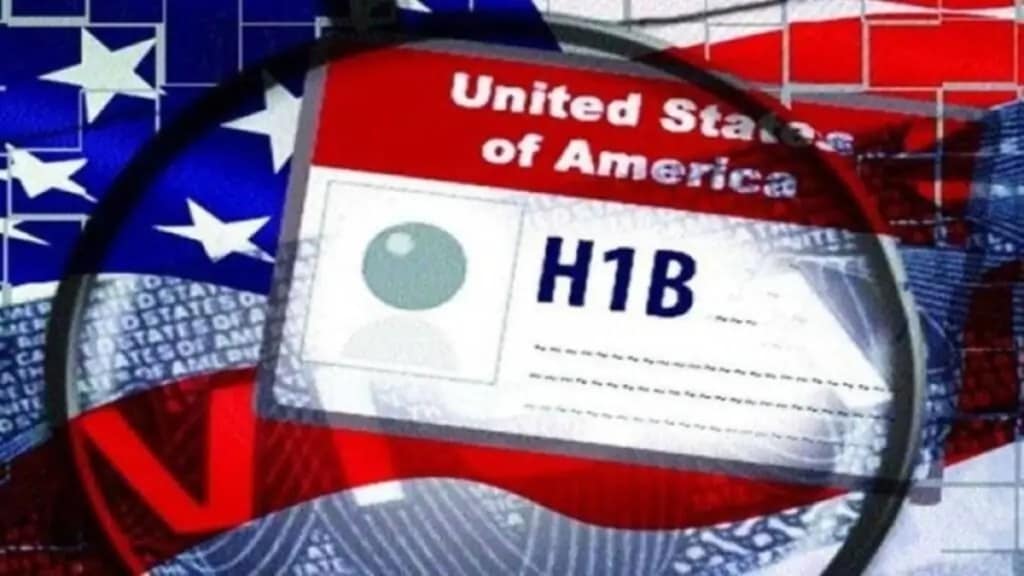The Trump administration plans to significantly alter the current H-1B visa selection process. The US Department of Homeland Security (DHS) and US Citizenship and Immigration Services (USCIS) have sent the White House a proposal for a revised H-1B visa selection procedure.
The notice filed with the US Office of Management and Budget’s Office of Information and Regulatory Affairs (OIRA) seeks statutory review of a proposed rule titled “Weighted Selection Process for Registrants and Petitioners Seeking To File Cap-Subject H-1B Petitions.”
It appears that the selection of H-1B candidates would be based on their skills, experience level, and salary.
A similar proposal in 2021 was floated during Trump’s first Presidency but was shelved by Biden’s administration. The 2021 H-1B visa proposal was – “USCIS will rank and select the petitions received on the basis of the highest Occupational Employment Statistics wage level that the proffered wage equals or exceeds for the relevant Standard Occupational Classification code in the area of intended employment, beginning with OES wage level IV and proceeding in descending order with OES wage levels III, II, and I.”
Employers typically pay higher salaries to more senior employees, specifically Levels 3 (experienced) and 4 (completely competent), as specified on the labor condition application. Recent international students and others beginning their professions are frequently paid at Levels 1 and 2.
H-1B Existing Selection Process
Earlier, a lottery system was used to select H-1B candidates. Later, the lottery system was replaced with a beneficiary-centric selection process for H-1B registrations.
Currently, in the beneficiary-centric selection process, instead of selecting by registration, U.S. Citizenship and Immigration Services (USCIS) selects registrations by unique beneficiary.
Each unique beneficiary who has a registration submitted on their behalf will be entered into the selection process once, regardless of how many registrations are submitted on their behalf.
If a beneficiary is selected, each registrant who submitted a registration on that beneficiary’s behalf will be notified of the beneficiary’s selection and will be eligible to file a petition on that beneficiary’s behalf during the applicable petition filing period.
The reason to change to a beneficiary-centric selection process for H-1B registrations was to reduce the potential for gaming the process to increase chances for selection and help ensure that each beneficiary has the same chance of being selected, regardless of how many registrations are submitted on their behalf.
What’s New
Now, it seems the DHS and USCIS are planning to replace the current system for H-1B visa allocation to favor applicants who meet specific criteria, possibly related to skills and salary levels.
If the new process is finalized, it will mean H-1B petitions will be provided based on salary from highest to lowest.
Unless a lawsuit is successful in blocking the rule, the new H-1B selection method could be in place by March 2026, before the FY 2027 H-1B cap selection.
The Immigration Act of 1990 established a 65,000 annual limit on new H-1B petitions. In 2004, Congress raised the H-1B annual limit to 85,000 by exempting 20,000 individuals a year who earned a master’s degree or higher from a U.S. university.
The H-1B visa program, which reached its Fiscal 2026 cap last week, allows skilled foreign workers to come work in the US. As of 2019, there were about 600,000 H-1B workers in the US, according to USCIS.

